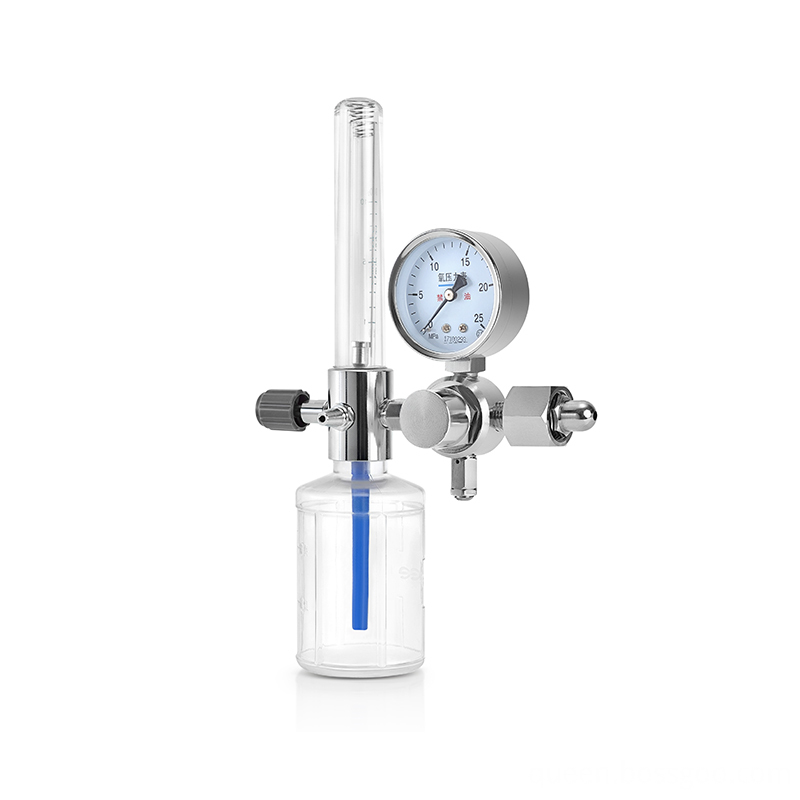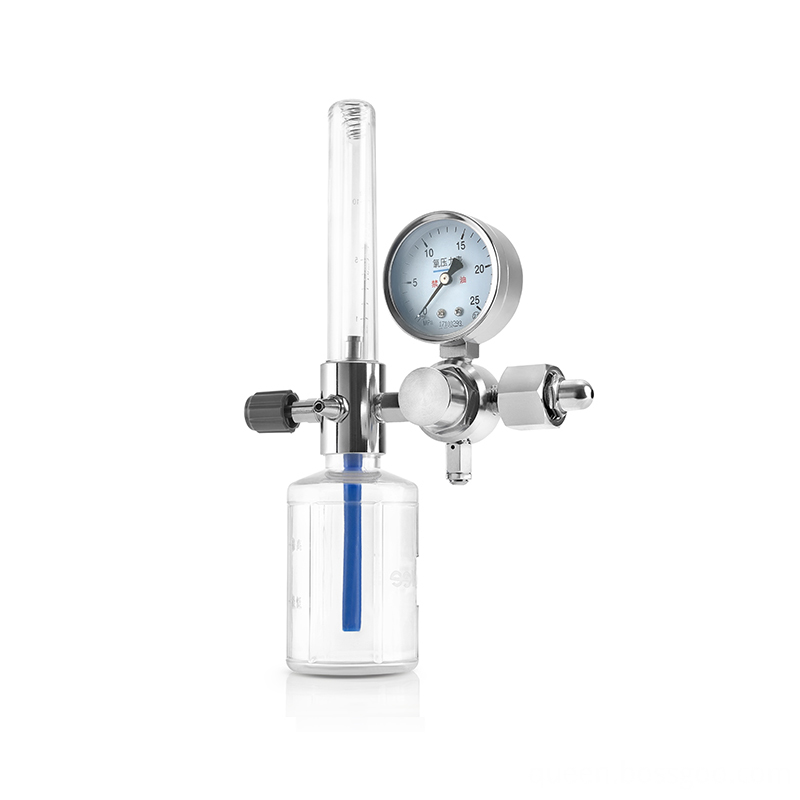Sickness is a drooping symptom that occurs when plants lose water. It is usually caused by drought. It can also occur due to root diseases, fertilizer damage, and weather mutations. Physiological manifestations of wilting of vegetables are caused by loss of water through leaf transpiration and insufficient supply of roots. In severe cases, leaves will dry and plants will die. Damage to the roots can lead to insufficient water supply to the leaves. Except for drought, excessive use of salt, alkali and fertilizers is a common cause. The water in the soil will have too high ion concentration because of the excessive amount of saline and chemical fertilizers, which will increase the osmotic pressure and cause root water absorption difficulties. Even if there is no shortage of water in the soil, wilting will occur. Therefore, it is necessary to prevent salinity and control the use of chemical fertilizers. The indiscriminate use of chemical fertilizers often causes salt and alkali, and the wilting of vegetables is inevitable. Organic fertilizers are used without decomposition, and they also “burn root†and cause wilting vegetables in large quantities and close to roots. Therefore, manure and other organic fertilizers must first be decomposed before use. Too low a ground temperature will also cause the roots to be injured, causing insufficient water supply and causing the leaves to wilt. Therefore, in winter greenhouse vegetable production, we must prevent cold wind from entering the shed to make the ground temperature fall excessively. Root diseases in the vegetables can cause the roots to lose their ability to absorb water or obstruct the conduct of the leaves to cause wilting of the leaves. Root knot nematode disease, wilt disease, blight and other diseases should be strictly prevented. Some bacterial diseases will produce pyogenic bacteria in the vascular bundles, blocking the upward transport of water, will cause the upper part of the vegetables to wilt, and sometimes the blockage of pyomechone will only occur on individual branches, which will cause the individual branches to wilted leaves. This is often the case with bacterial wilt. Bacterial diseases need to be sprayed with copper preparations, streptomycin, etc., under the irrigation, "caught" to prevent and control. A kind of wilting that causes serious losses is caused by weather changes and often occurs in greenhouse vegetables. After a long period of time when the weather is continuously cloudy, if it suddenly becomes clear, the vegetables will produce a series of discomforts, causing serious wilts and even a large number of dead trees. This is due to prolonged rainy weather, weak light, lack of photosynthetic products from vegetables, lack of nutrients in roots, and decreased growth and absorptive capacity, resulting in insufficient water supply. Because of the low temperature and humidity in the rainy days, the evaporation of the leaves becomes very small. When the sky suddenly turns to fine, the temperature in the greenhouse rises quickly and can rise by 10°C to 15°C in just half an hour. The rapid rise in humidity causes a rapid decrease in the amount of leaf evaporation. However, at this time, the ground temperature rises slowly, the rhizosphere temperature does not increase significantly, the root physiological activity is also poor, and the absorbed water cannot satisfy the evaporation of the leaves, which shows that the water supply is insufficient. With the sudden increase in light, the sudden wilting of the leaves becomes inevitable. To solve this sudden wilting, it is necessary to control the temperature of the greenhouse during sunny days, extend the warming time, and make vegetables have a process of adaptation. When the wilting is serious, shady grass and other shades should be immediately placed, and water sprayed on the leaves so that the leaves can return to normal. After a period of time and then gradually release the grass seed, it takes 1 to 3 hours to fully release, the specific length of time depends on the status of blade recovery. The water sprayed to the leaves in winter cannot be too cold, and it can also be used to add “aspirin†to treat colds. Add 2 to 3 grams of water to 15 kilograms of water to temporarily shut off the evaporation of water in the pores. In short, the key to prevention and control of this kind of wilting is to make a slow transition from rainy days to sunny days, and gradually make the vegetables see the light. There is a long time adaptation process to avoid suddenly seeing the light, so as to avoid the shed temperature is raised too high. To make water supply and demand disjoint.
Oxygen Flow control regulators and conserving devices are pressure reducing devices designed to regulate or lower oxygen pressure from a cylinder to levels that can be safely used by the patient. A Regulator simply regulates the (free) flow from an oxygen cylinder. A Conserving Device is an entirely different kind of device that delivers a "pulse" of oxygen as the patient inhales (on demand).
Oxygen Regulator, Oxygen Tanks, Oxygen Tank Regulators,Oxygen Regulators Ningbo Queen Electronic Science Technology Co., Ltd , https://www.queenmeds.com

